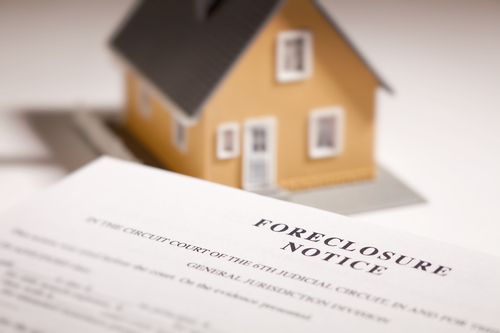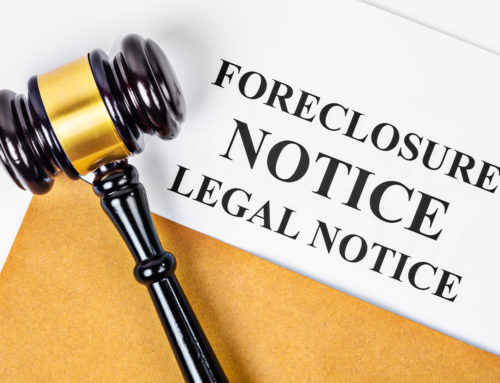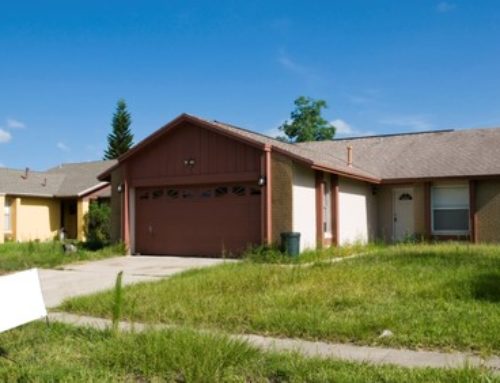By now, most servicers are fully familiar with New York’s Statute of Limitations and the nuance that it only begins to run on each installment when it becomes due unless accelerated. (See my article about the Statute of Limitations).
While many are under the misimpression that “acceleration” is synonymous with the commencement of a foreclosure, in truth, any clear and unequivocal overt act that manifests the intent to accelerate the debt, including but not limited to the filing of a Summons and Complaint, can be an act of acceleration. Accordingly, the determination of whether or not the commencement of a prior foreclosure action constituted such an “act of acceleration” may mean the difference between collecting most of the debt as opposed to none at all!
Earlier this month, the Supreme Court, Suffolk County, decided a case, Nationstar Mortgage., LLC v MacPherson, 2017 N.Y. Misc. LEXIS 1261, involving that very issue, and found that since the mortgage being foreclosed contained a clause that provided the borrower with the right to cure the default until entry of judgment, no acceleration occurred upon the filing of the summons and complaint and the Statute of Limitations did not begin to run, at that time, on the entire debt. The Court reiterated the well-settled law that it is the terms of the mortgage, and not the commencement of the foreclosure action, that determines when a loan is accelerated, and noted that the mortgage in the case before them, gave the borrower greater rights than those provided in the statutory form of an acceleration clause under New York’s Real Property Law section 258. (Schedules M & N)
In deciding the case, the court reasoned that since the lender’s “right to accelerate” was expressly made subject to the borrower’s right, per paragraph 19 of the mortgage, to cure the default, have the mortgage reinstated and resumes making payments “as if Immediate Payment in Full had never been required,” it was not really an acceleration, as the ability to resume making monthly payments by curing the default was wholly within the defendant’s control.
While the case may be appealed to the Appellate Division, 2nd Dept. and, perhaps, even to the Court of Appeals, it is indeed a victory for mortgage lenders struggling to avoid, or at least minimize, the repercussions of the Statute of Limitations.
If it is sustained, and the defendant’s right to require the plaintiff to accept payment and reinstate the mortgage precludes acceleration, perhaps the concept will be extended to all mortgages, regardless of which form is used, as it would certainly appear that the requirements of CPLR 3408, likewise, preclude a lender from rejecting a defendant’s offer of reinstatement in exchange for all mortgage arrears, including all attorney fees and costs. (See my article Acceleration Is There No More (Graf vs.) Hope?)
Can it, therefore, be argued that no plaintiff in New York can ever accelerate a residential mortgage simply by commencing a foreclosure since the foreclosure action will always be subject to the requirements of CPLR 3408? Time will tell!
I would love to hear your thoughts and opinions on this matter. Please contact me at peter.roach@roachlawfirm.com.
Peter Roach
Peter T. Roach & Associates, P.C.





